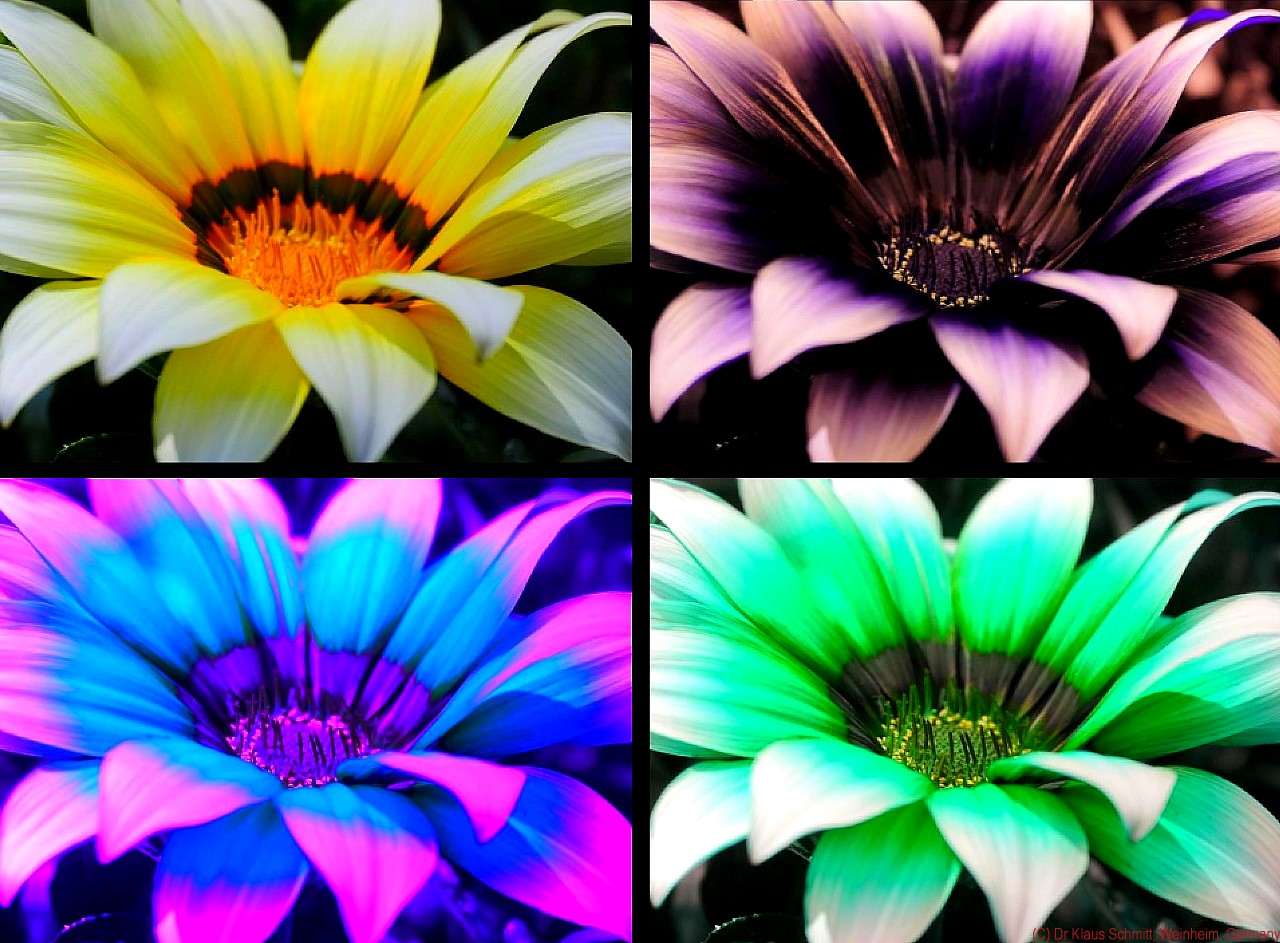A naive question: We human beings can not see the ultraviolet light range that so many insects, some birds, some lizards and so many other creatures including possibly cats and dogs. Do we have devises that can record that spectrum and translate to a format that we can visually perceive?
It isn't only us. Our cameras have limited color perception that can be tricked by iridescence or other color tricks practiced by animals.
